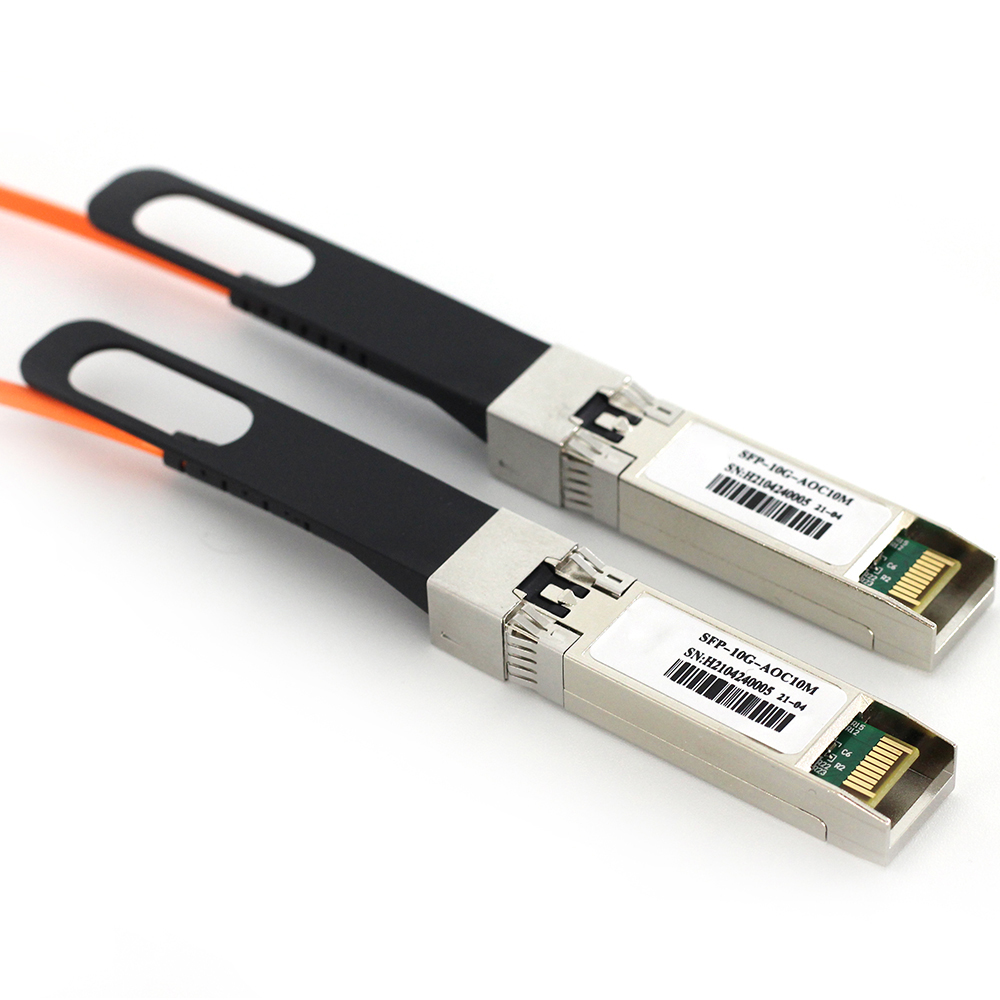Optical transceivers and switches are both critical in Ethernet transmission, but they differ in function and application. So, what is the difference between fiber optic transceivers and switches?
What is the difference between fiber optic transceivers and switches?
Optical fiber transceiver is a very cost-effective and flexible device. The common use is to convert electrical signals in twisted pairs into optical signals. It is generally used in Ethernet copper cables that cannot be covered and must use optical fibers to extend the transmission distance. In the actual network environment, it also plays a huge role in helping to connect the last mile of fiber optic lines to the metropolitan area network and the outer network. A switch is a network device used for electrical (optical) signal forwarding. It plays a central role in the mutual communication between wired network devices (such as computers, printers, computers, etc.) Cats access the web.
Transmission rate
At present, fiber optic transceivers can be divided into 100M fiber optic transceivers, gigabit fiber optic transceivers and 10G fiber optic transceivers. The most common of these are Fast and Gigabit fiber transceivers, which are cost-effective and efficient solutions in home and small and medium business networks. Network switches include 1G, 10G, 25G, 100G and 400G switches. Taking large data center networks as an example, 1G/10G/25G switches are mainly used at the access layer or as ToR switches, while 40G/100G/400G switches are mostly used as core or Backbone switch.
Installation difficulty
Optical transceivers are relatively simple network hardware devices with fewer interfaces than switches, so their wiring and connections are relatively simple. They can be used alone or rack mounted. Since the optical transceiver is a plug-and-play device, its installation steps are also very simple: just insert the corresponding copper cable and optical fiber jumper into the corresponding electrical port and optical port, and then connect the copper cable and optical fiber to the network equipment. Both ends will do.
A network switch can be used alone in a home network or small office, or it can be rack-mounted in a large data center network. Under normal circumstances, it is necessary to insert the module into the corresponding port, and then use the corresponding network cable or optical fiber jumper to connect to the computer or other network equipment. In a high-density cabling environment, patch panels, fiber boxes and cable management tools are needed to manage cables and simplify cabling. For managed network switches, it needs to be equipped with some advanced functions, such as SNMP, VLAN, IGMP and other functions.
Post time: Sep-19-2022


